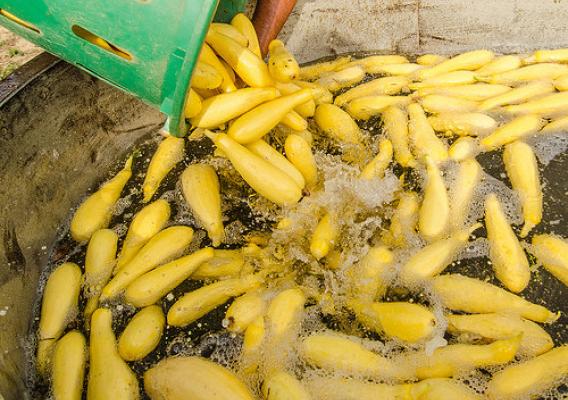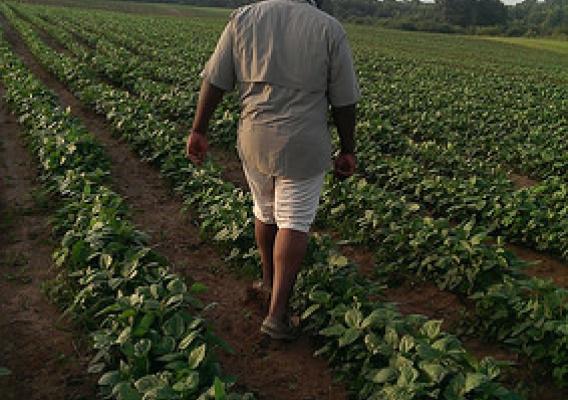Everyone involved in the farm to table continuum has an interest in making our food safe to eat. Because safe food is important to consumers around the world, the World Health Organization (WHO) has picked Food Safety as the theme of World Health Day 2015. Today, April 7th, as we observe World Health Day, it is important to take a moment to reflect on what a safe food supply means globally and domestically. WHO estimates that unsafe food causes 2 million deaths each year, with 1,000 of those deaths occurring in the United States. Here at USDA’s Food Safety and Inspection Service (FSIS), we focus on food safety day in and day out, working around the clock to prevent foodborne illness and protect public health.
In the United States, we are fortunate to have one of the safest food supplies in the world. In the last eight years, the U.S. has seen a decrease in the number of foodborne illnesses with 50,000 fewer reported illnesses since 2007. This decrease is the result of our work to develop innovative ways of educating consumers about safe food handling, our efforts to modernize how we inspect food, and the work we have done with establishments to prevent bacteria from contaminating food. We are committed to using an inspection system based in science—science that derives from the work of researchers and public health experts. It is important to remember how far we’ve come, but our work is not done.







